The 1990s in New York started as the city's worst decade yet ended far better than expected. These surprising photos reveal how.
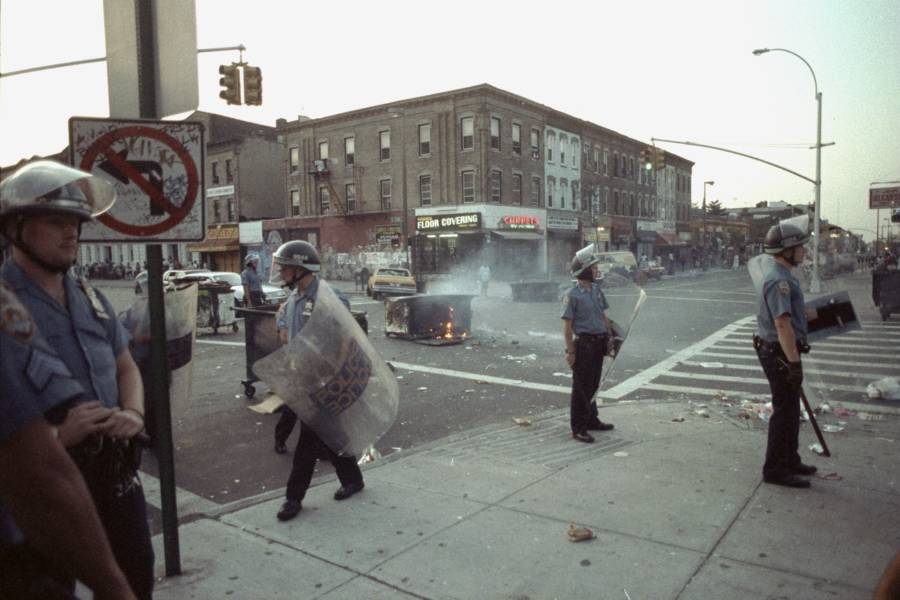
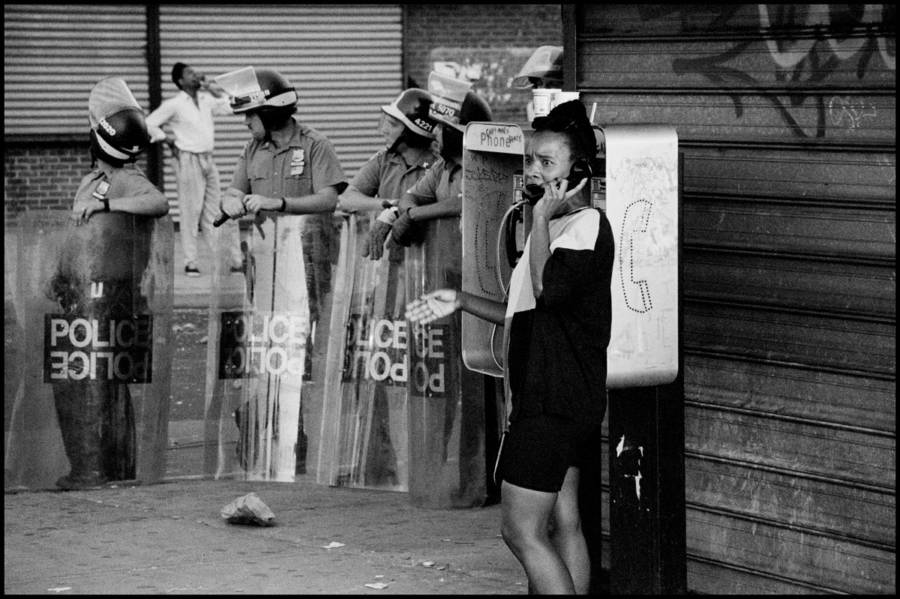
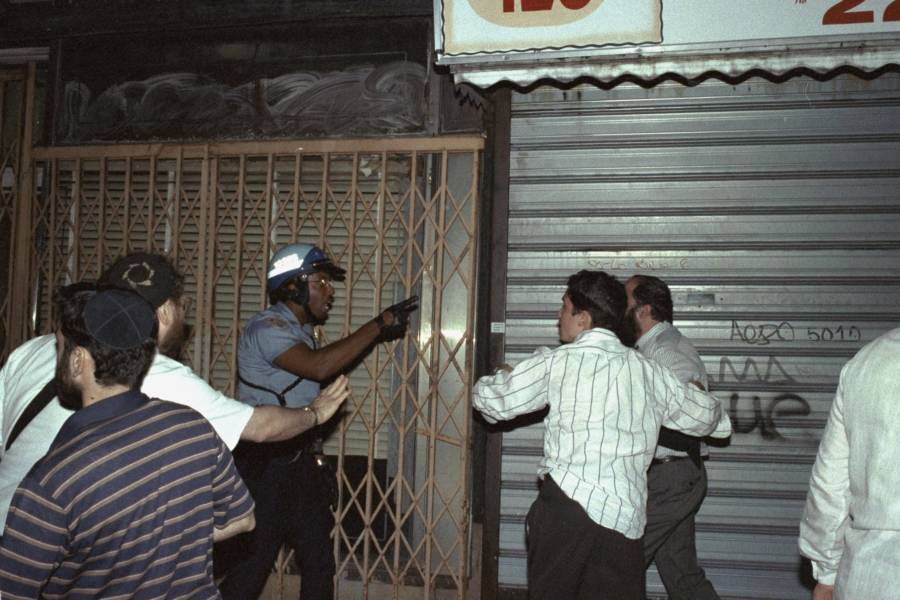
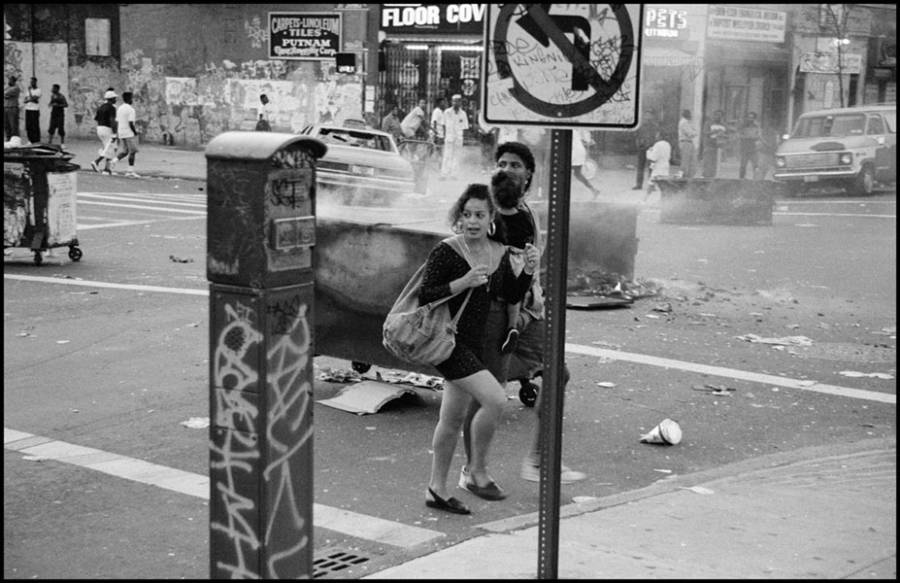
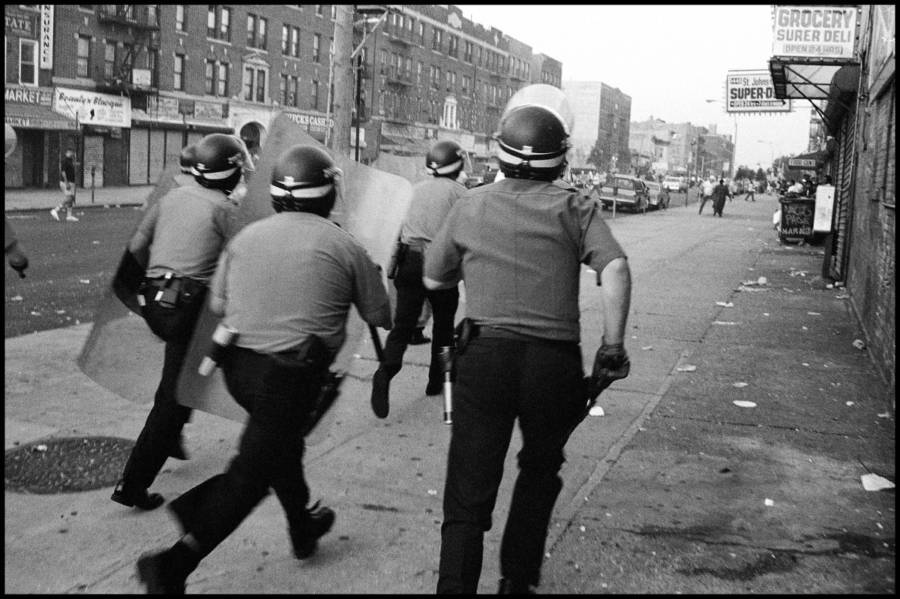
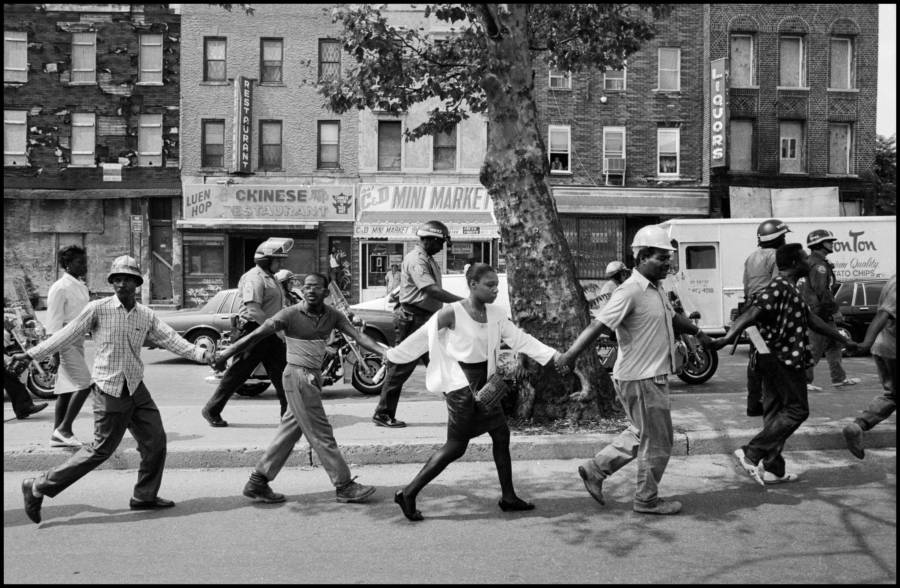
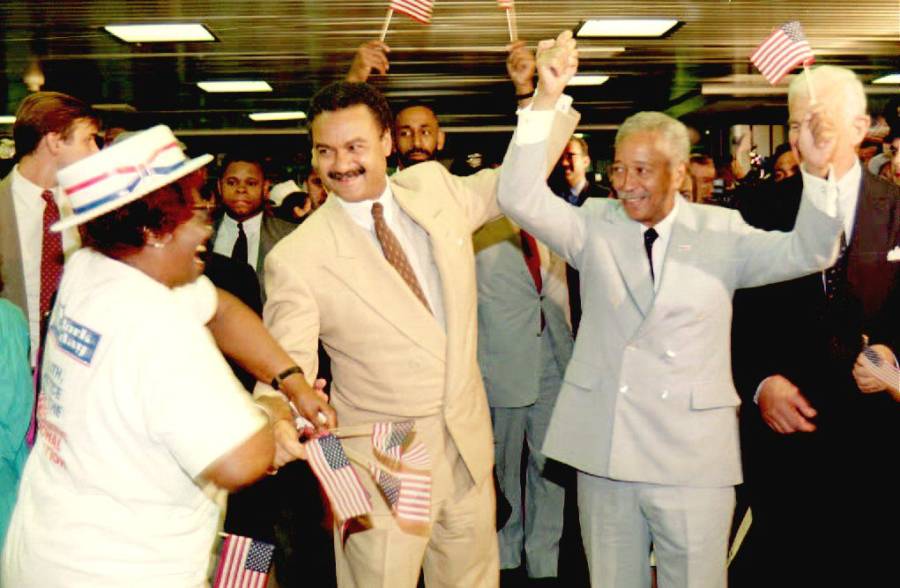
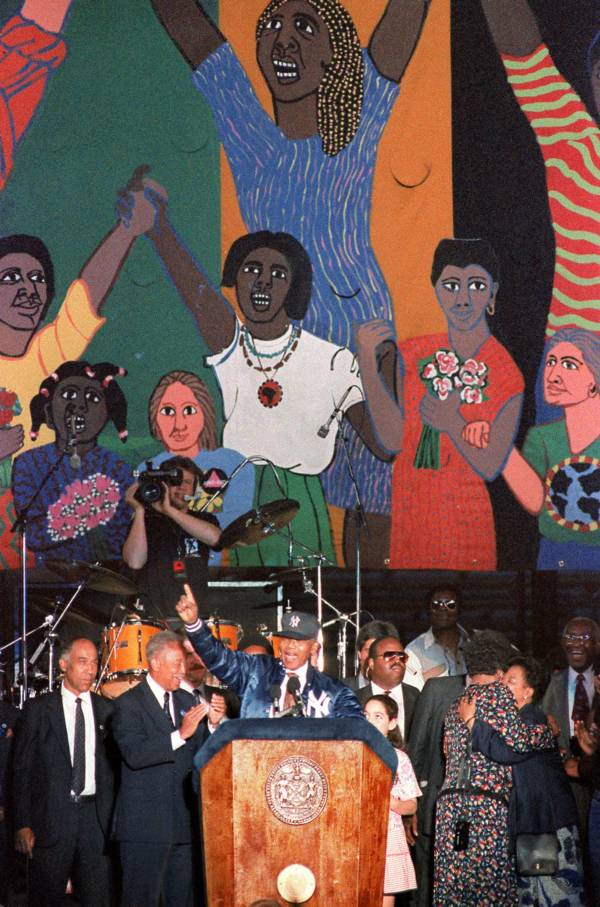
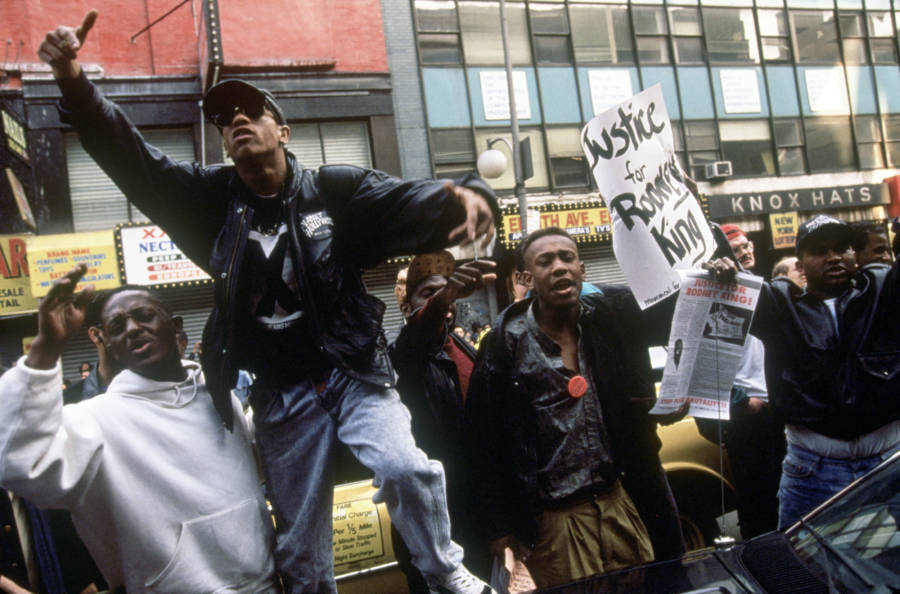
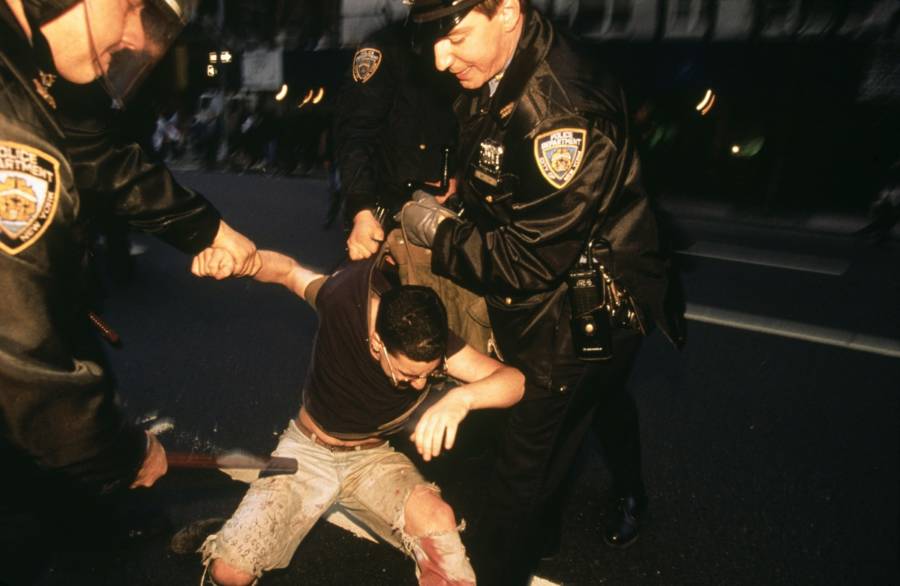

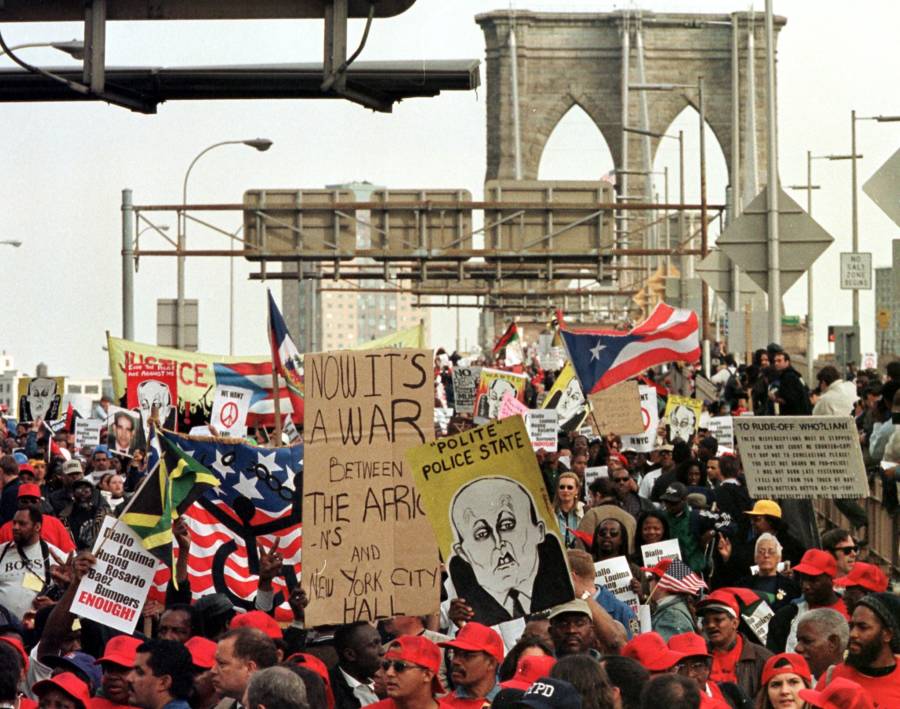
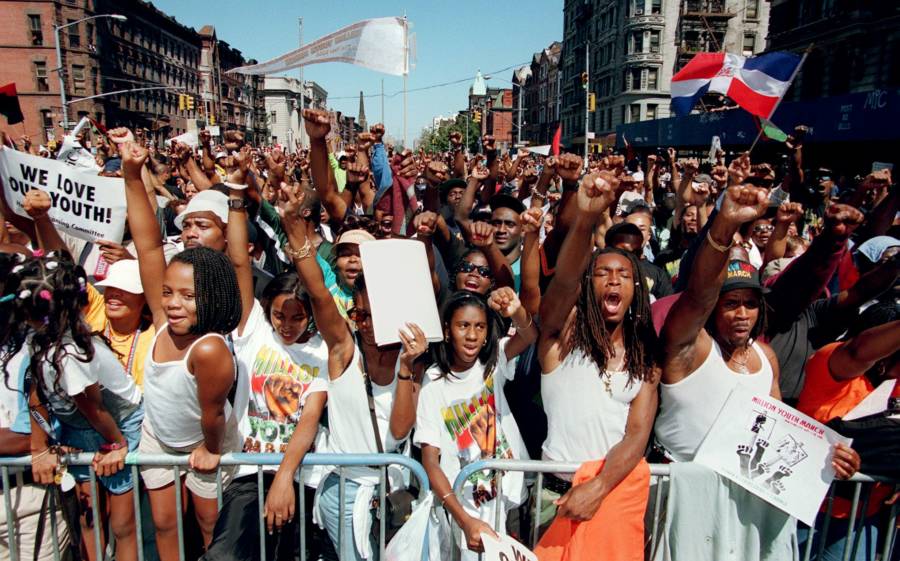
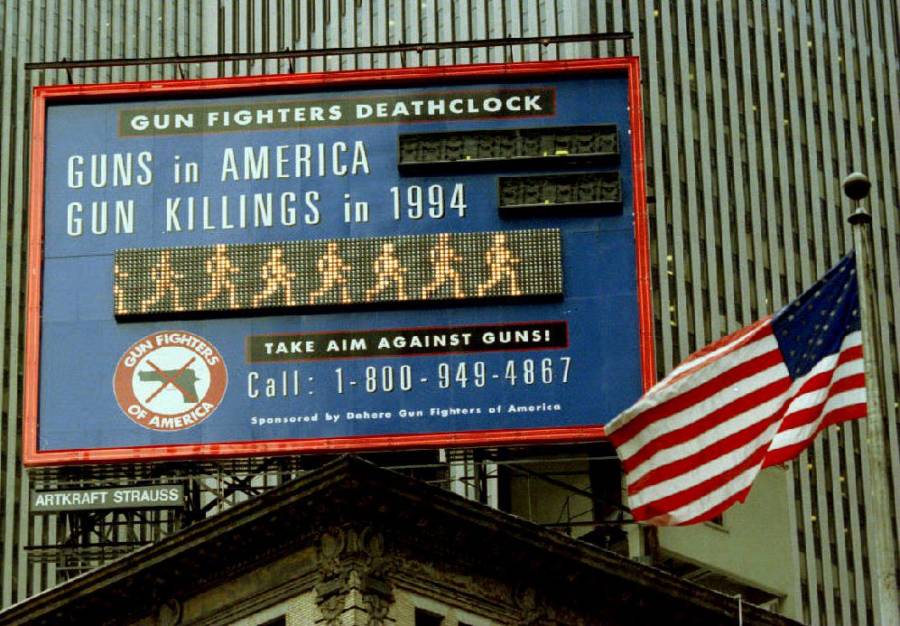
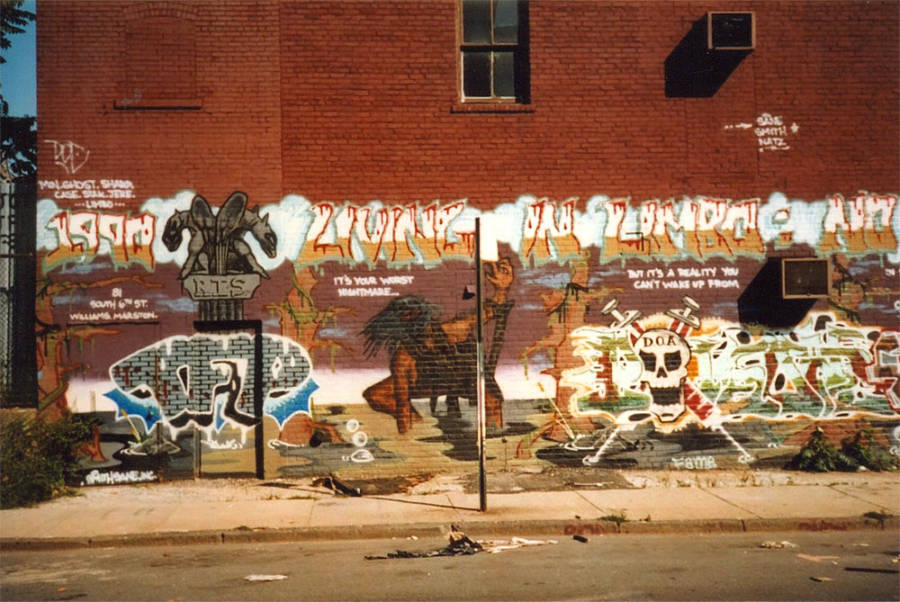
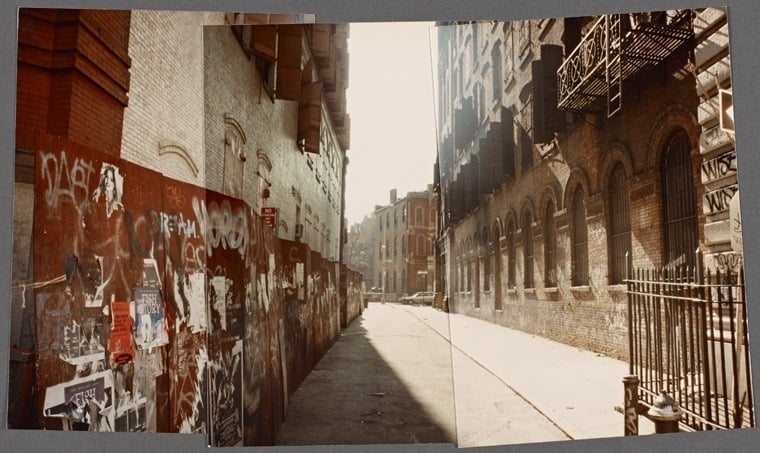
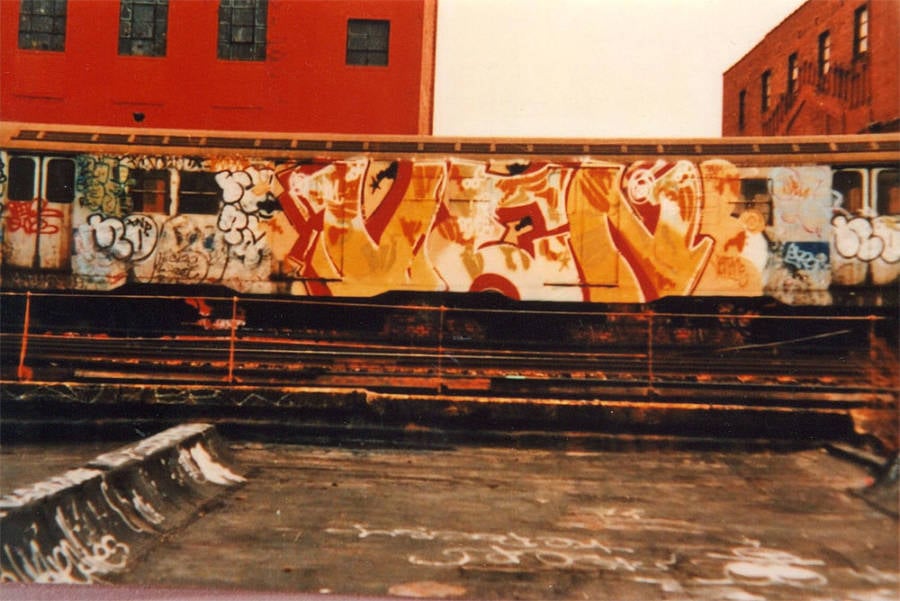
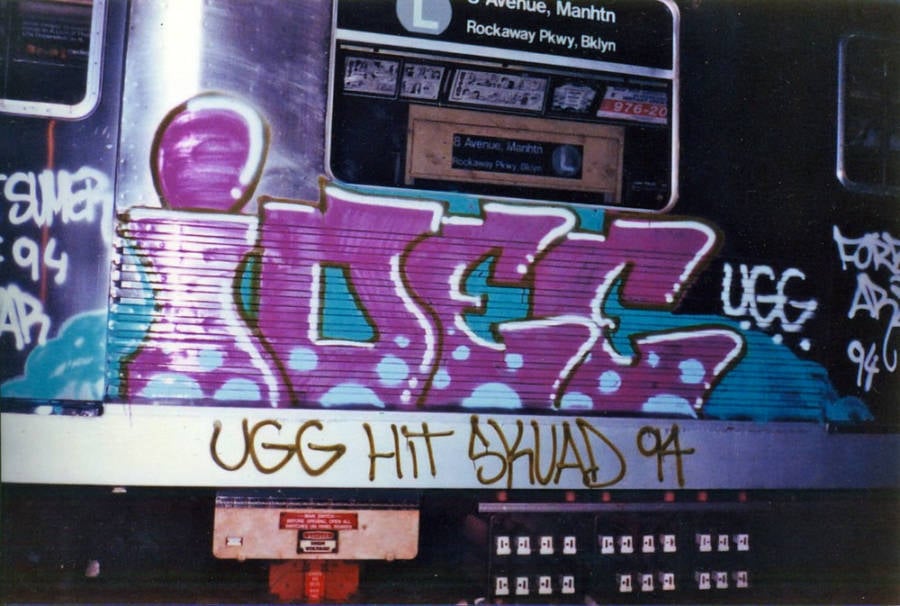
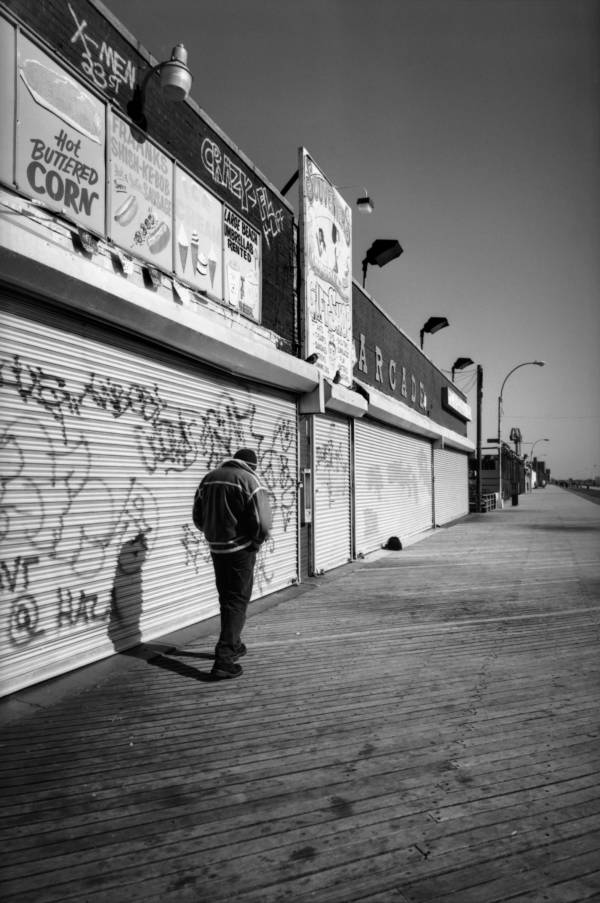
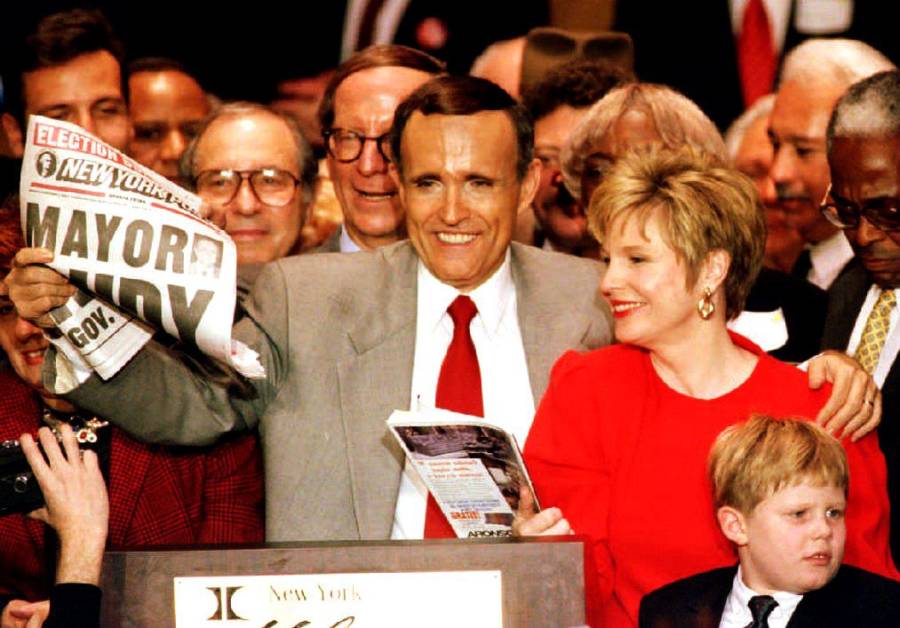
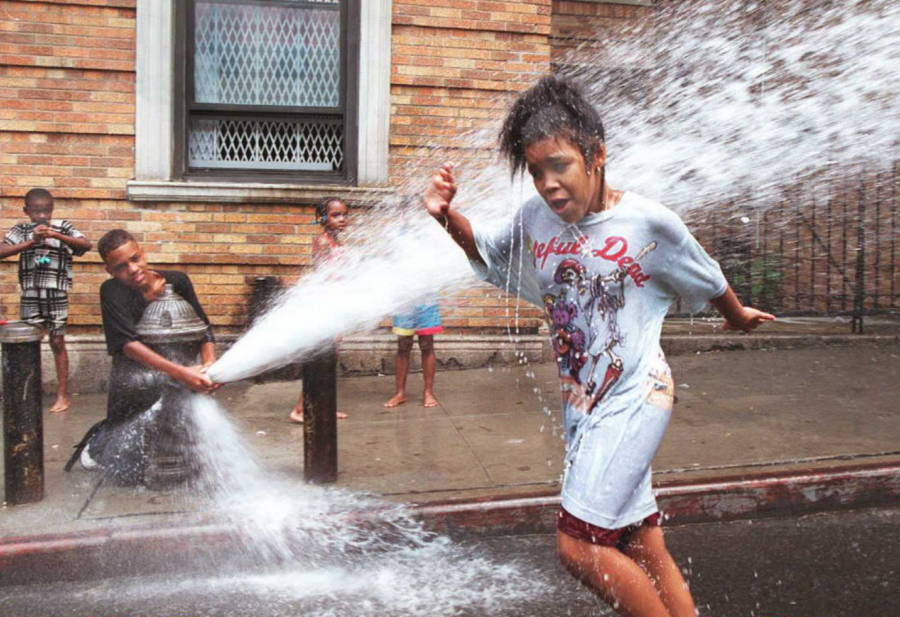
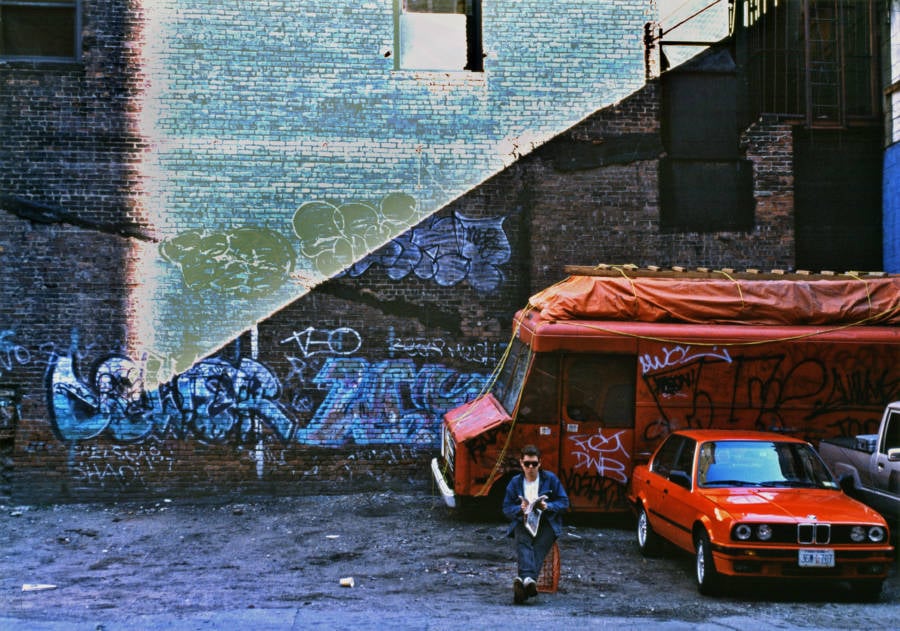
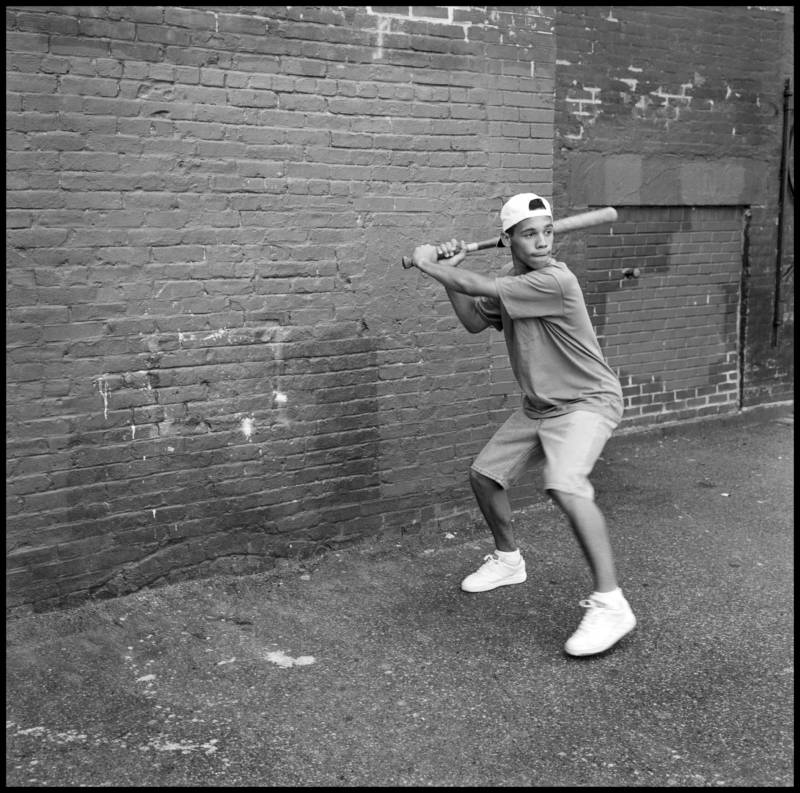
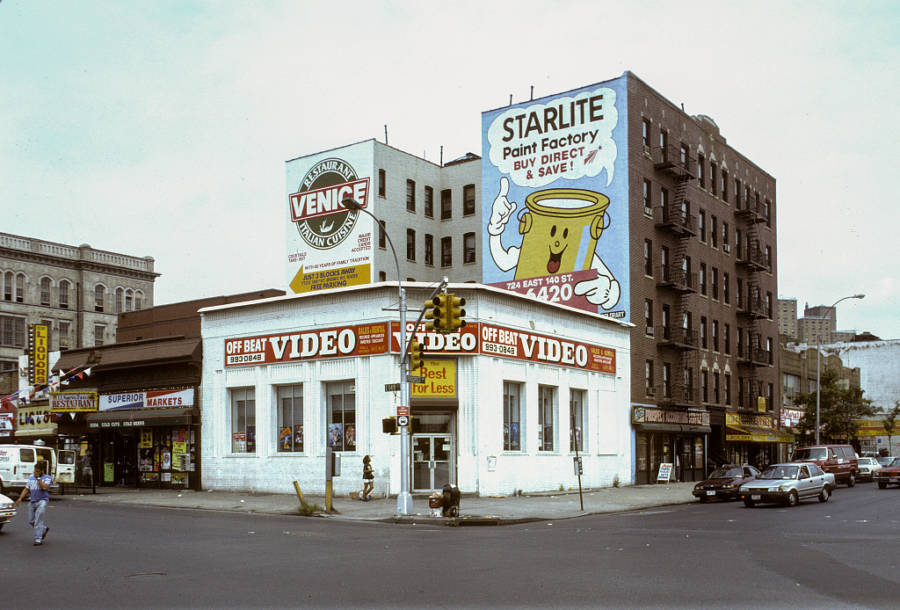
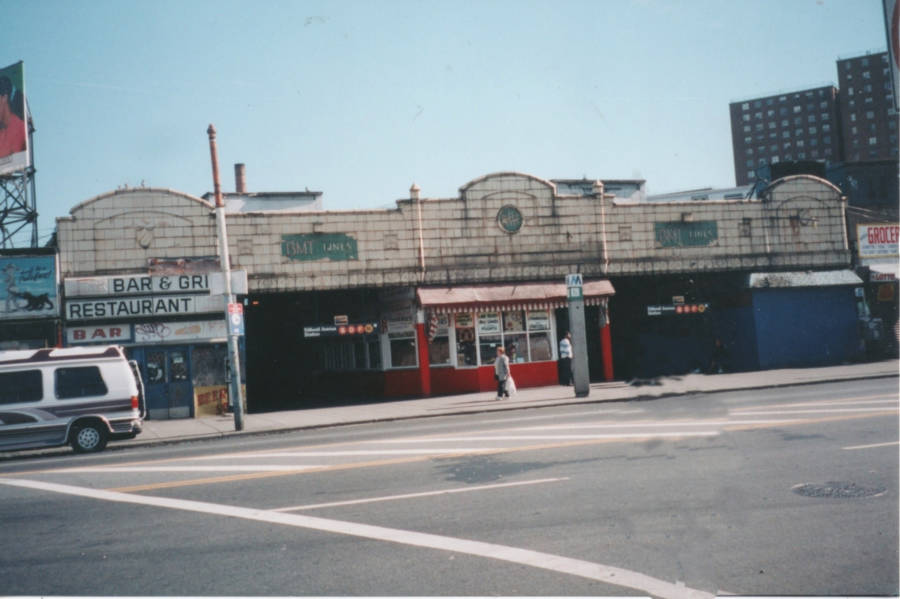
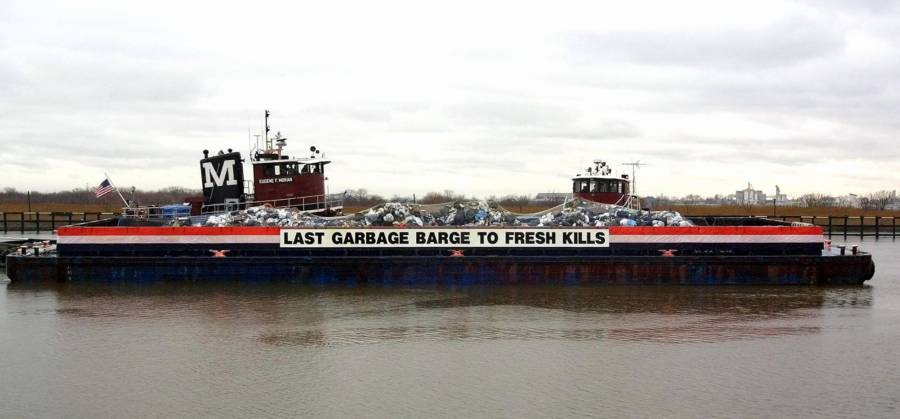
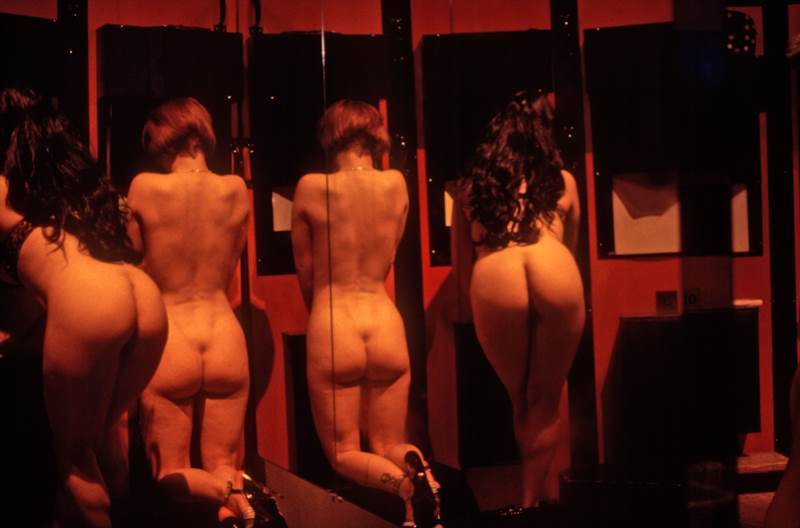
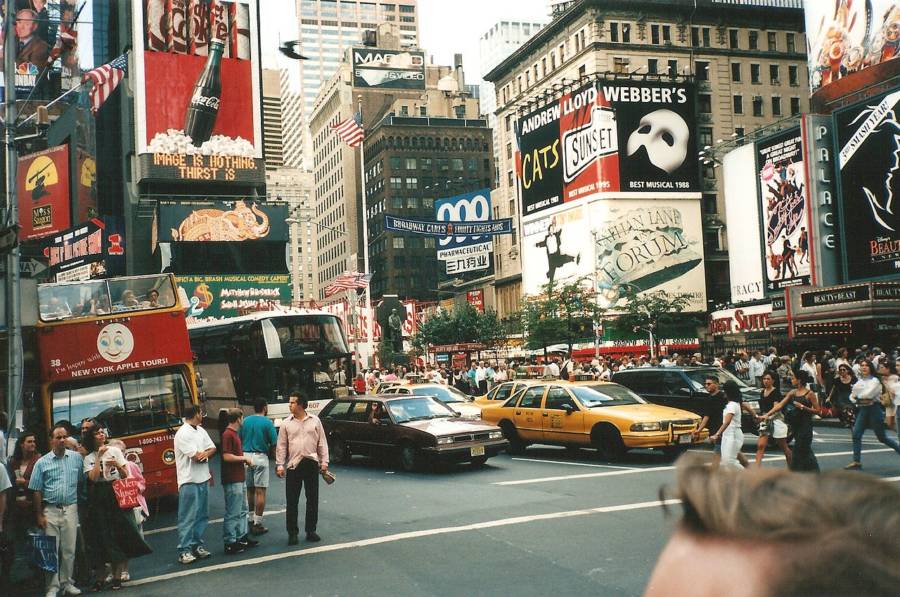
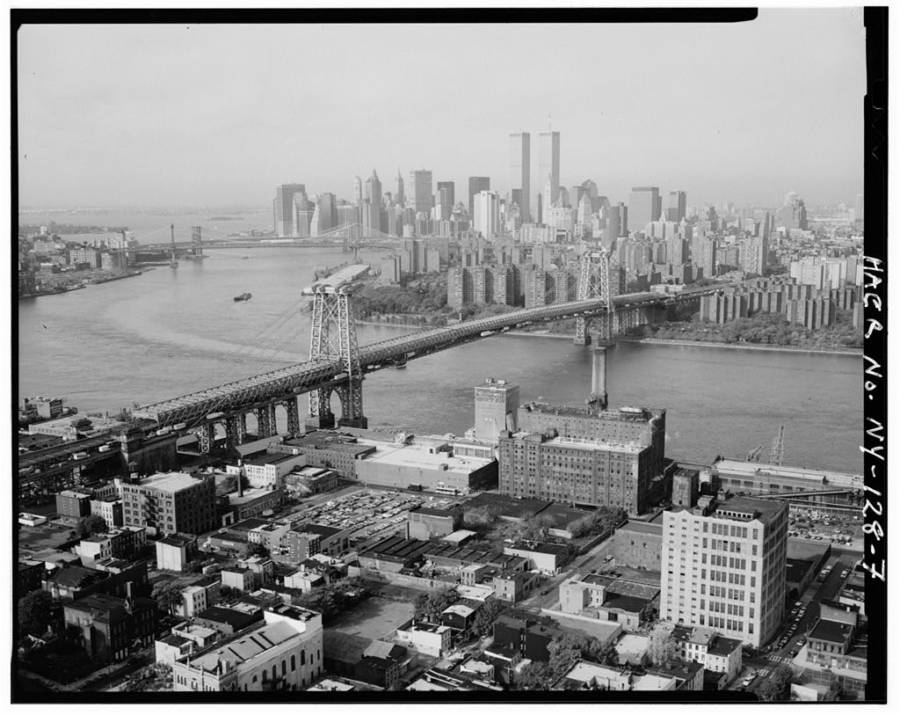
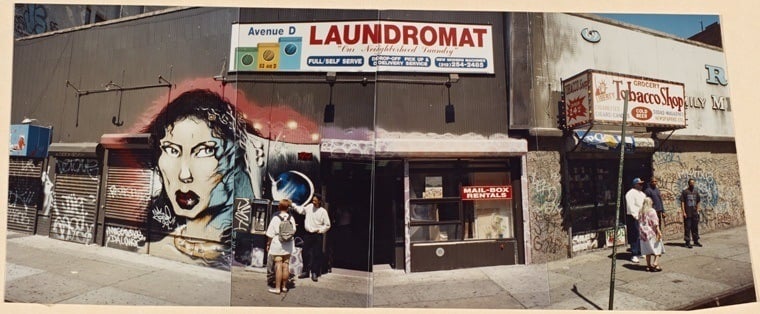
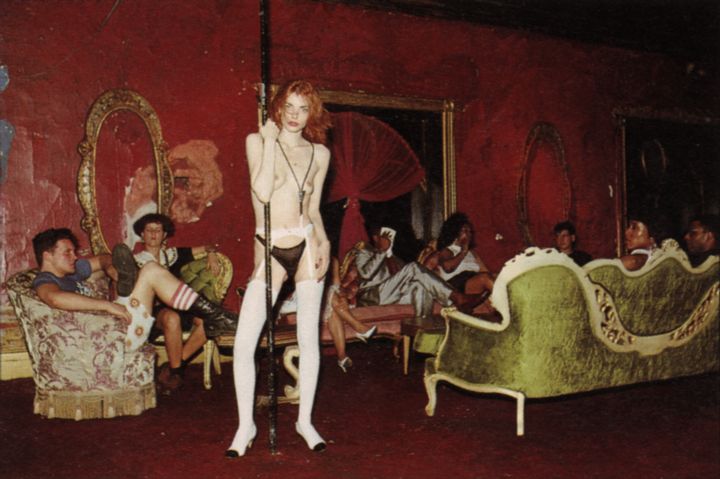
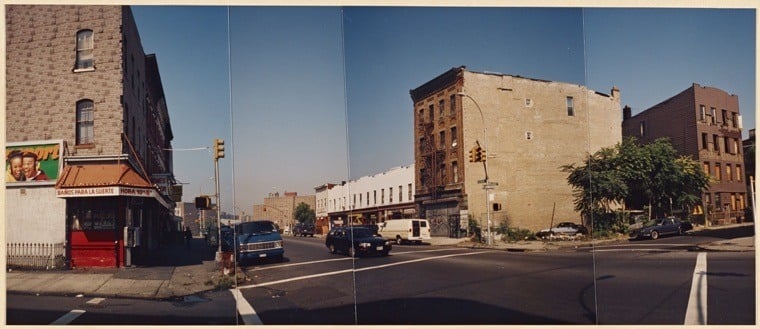

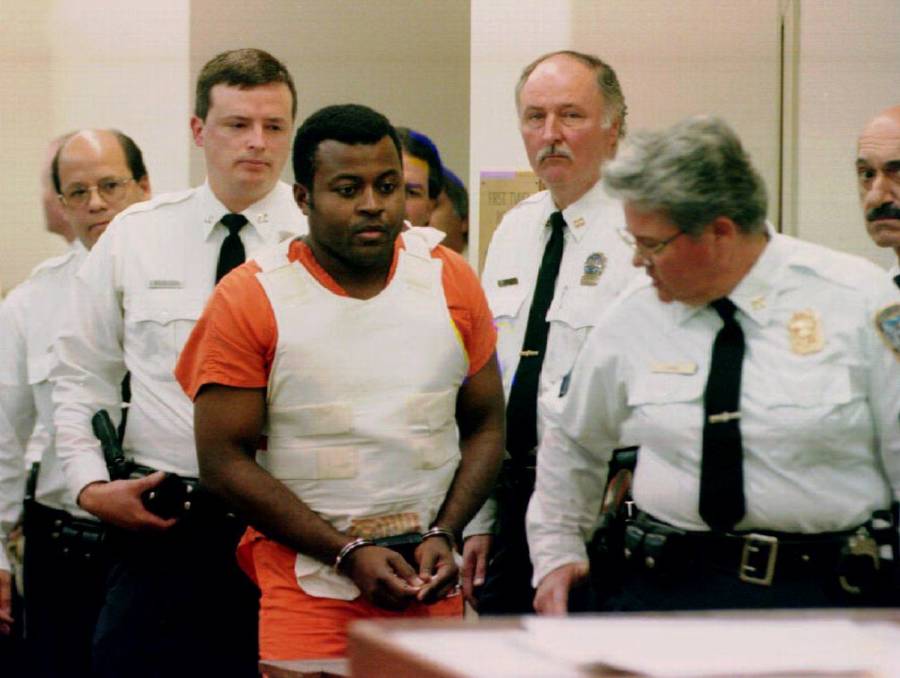
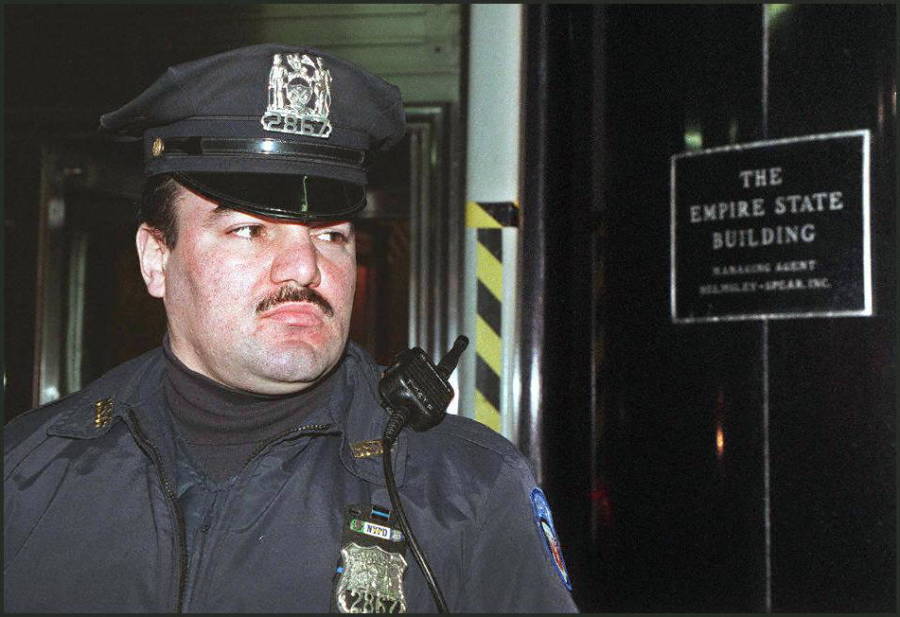
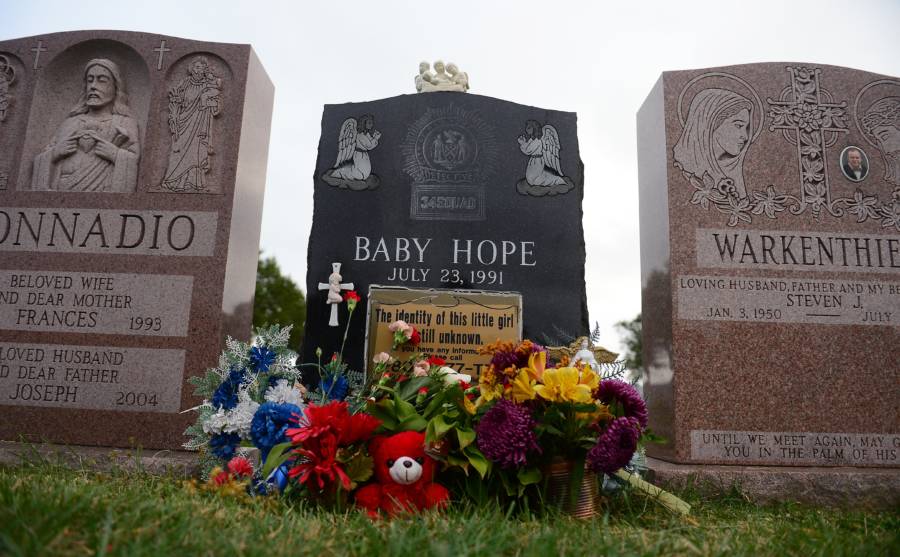
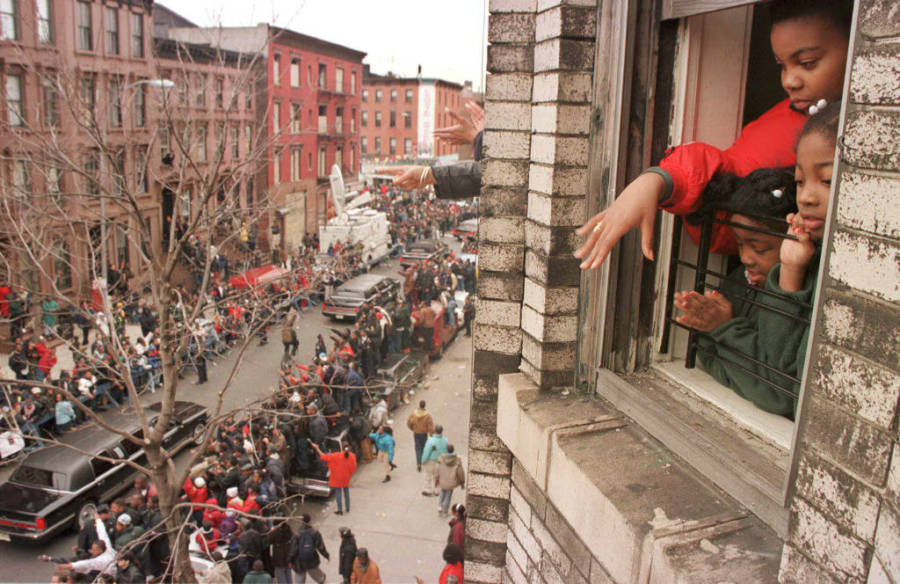
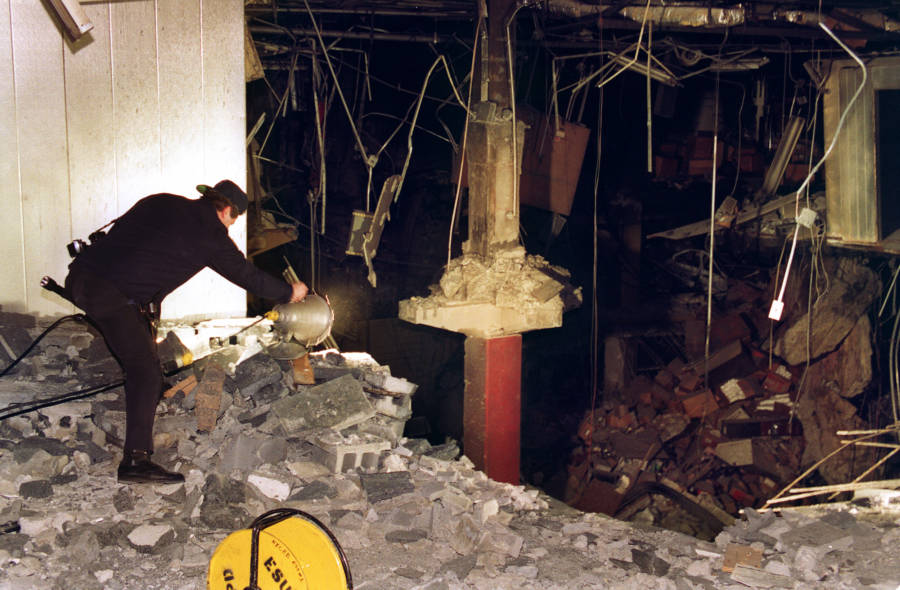
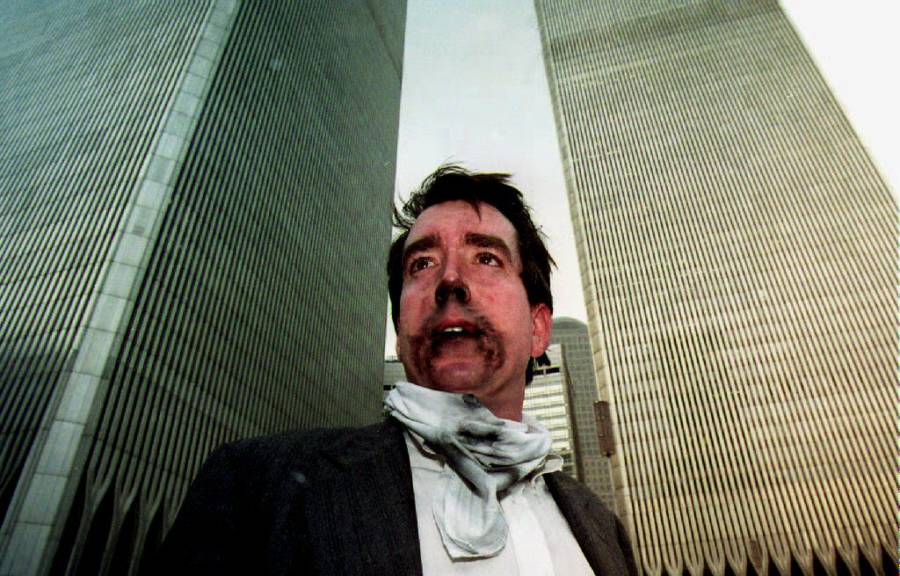
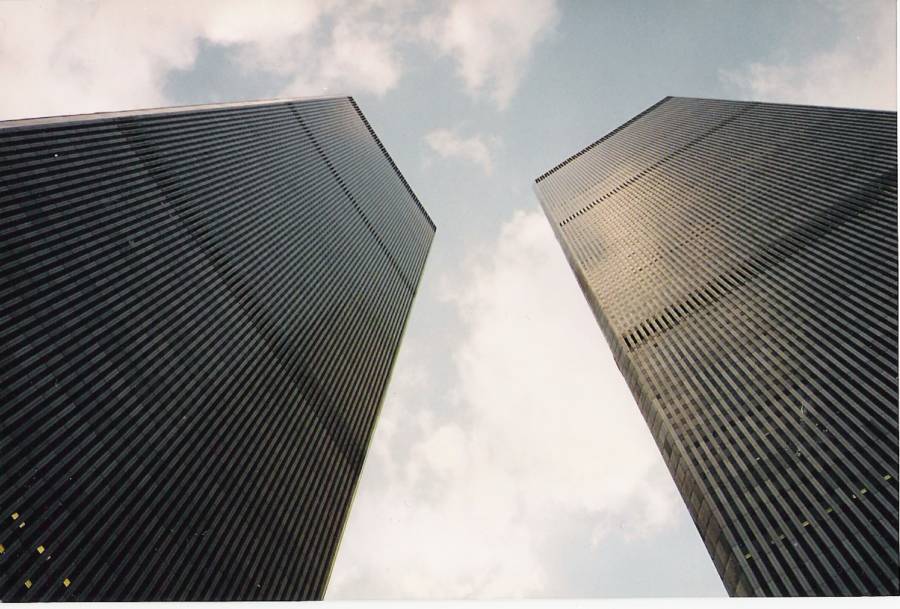
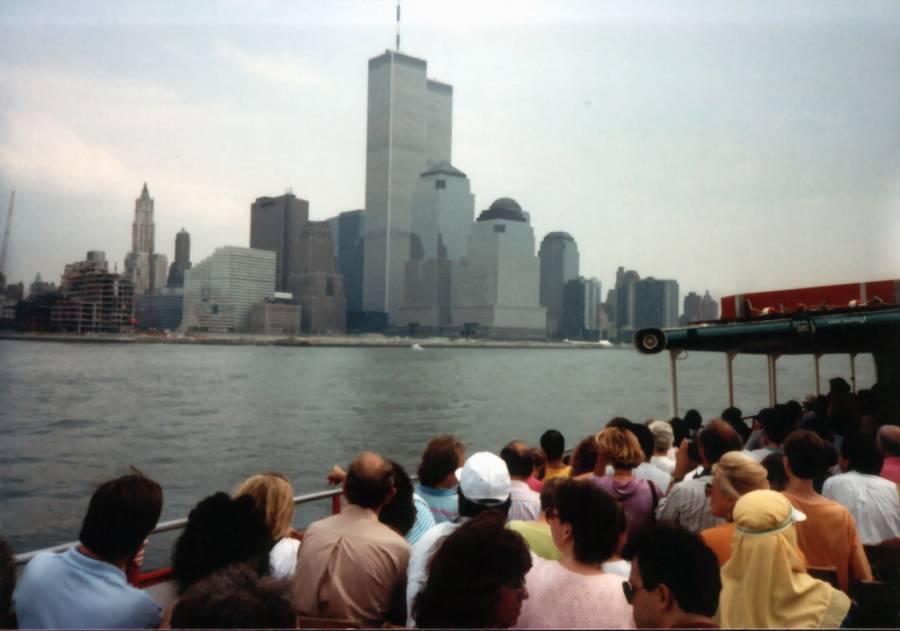
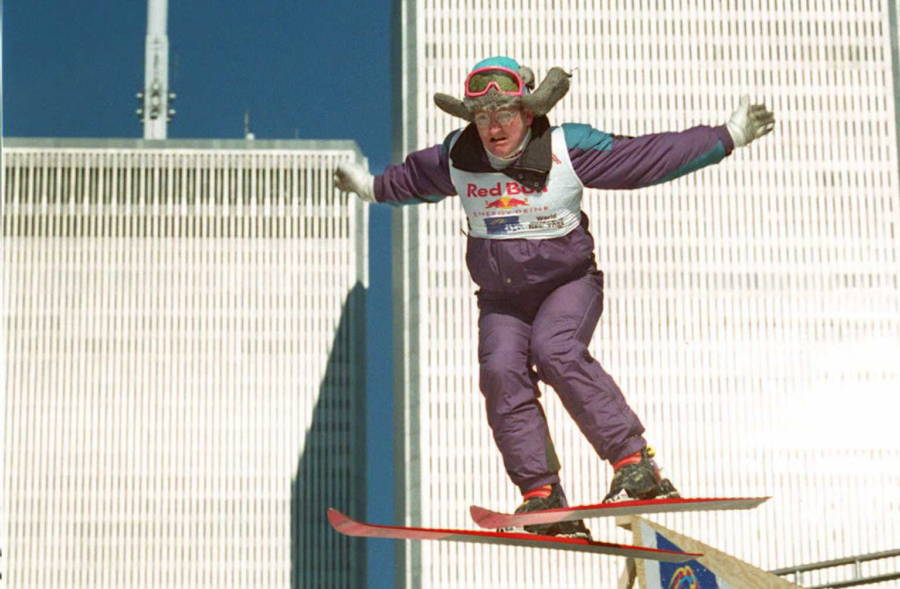
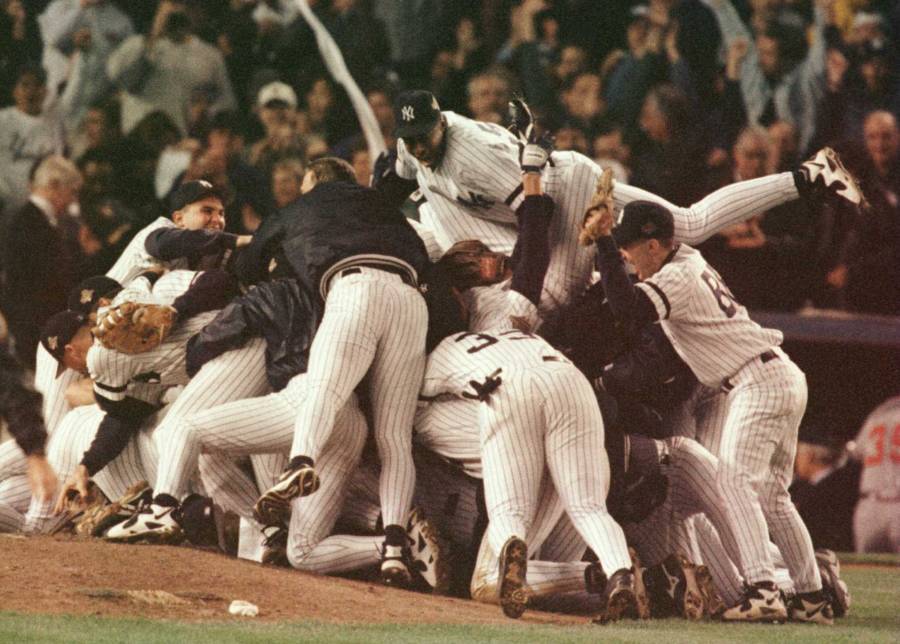
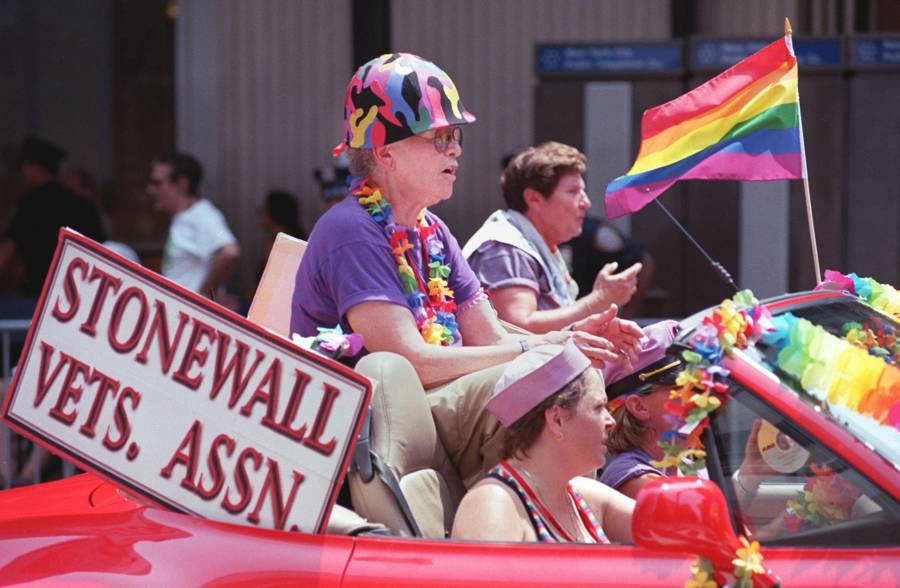
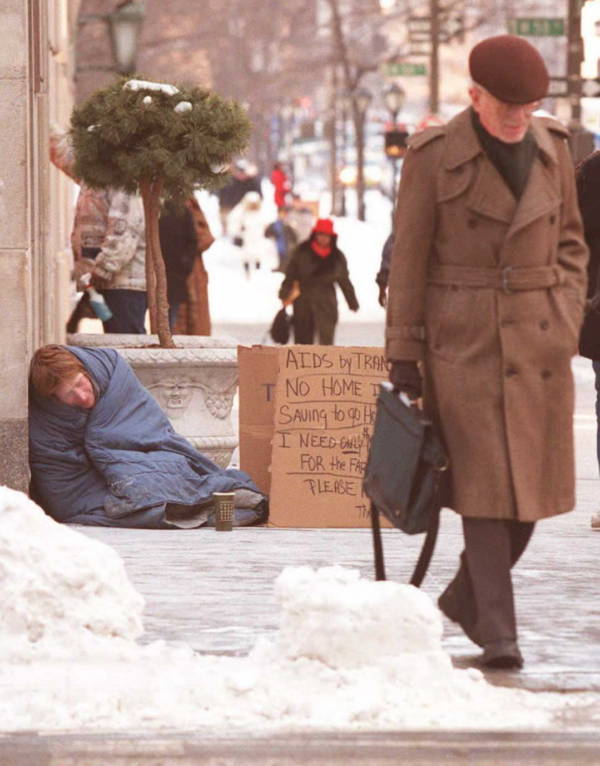
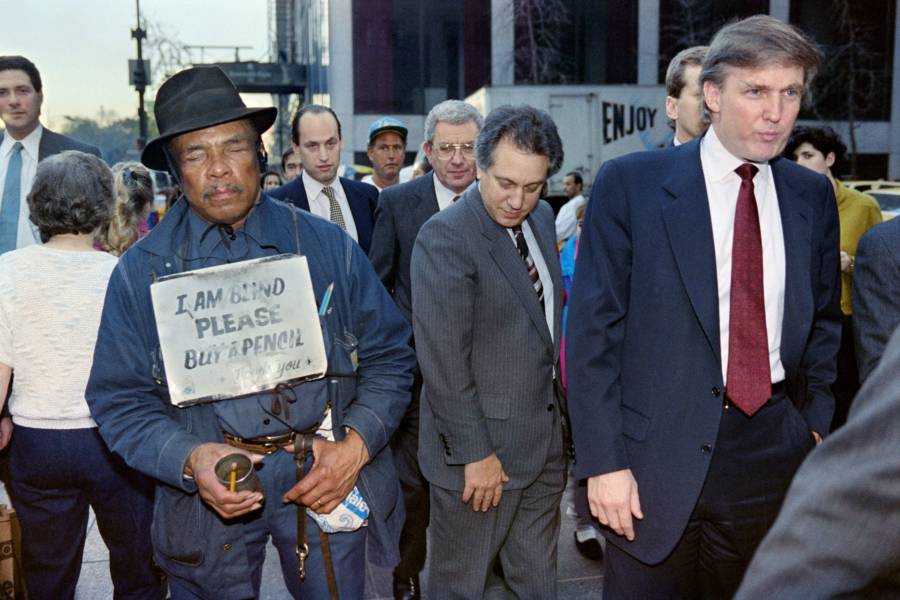
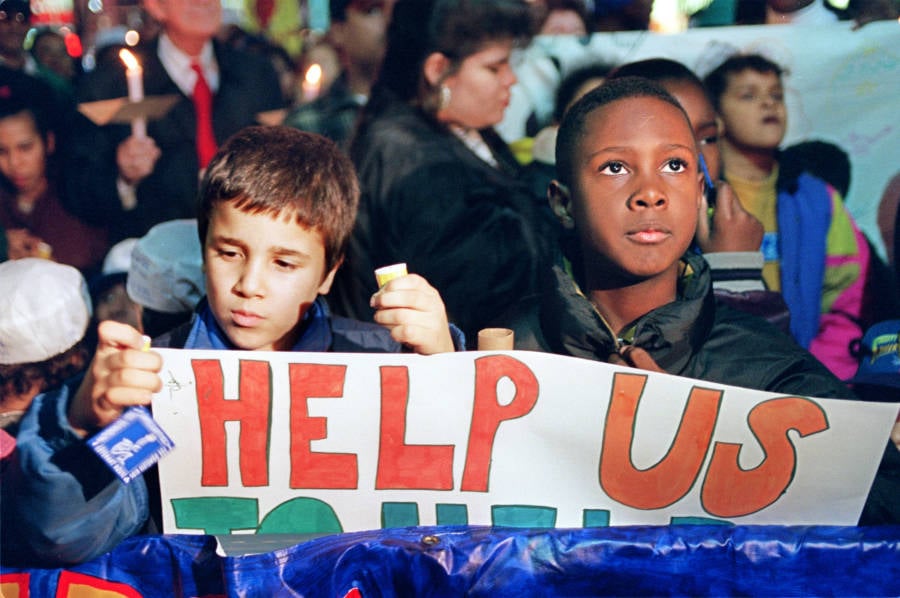
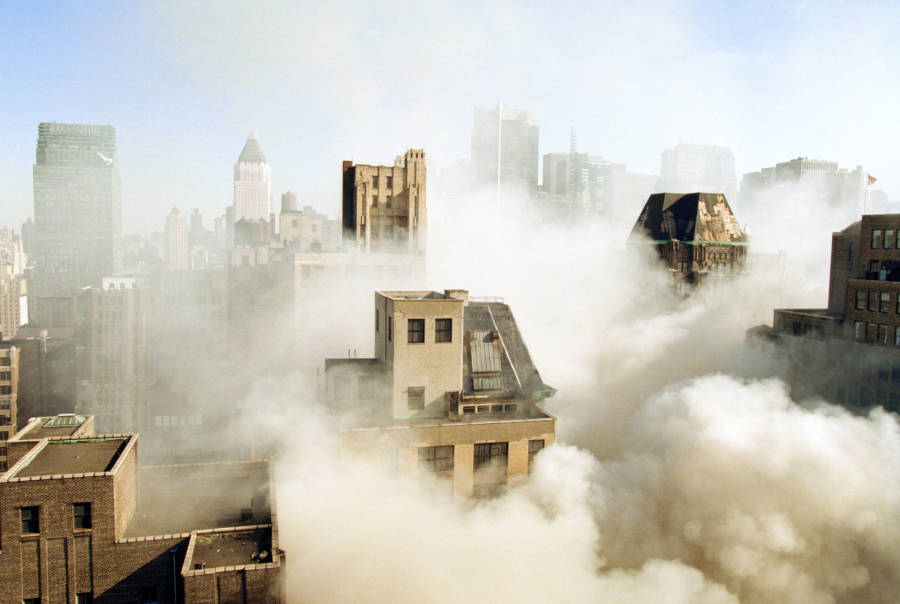
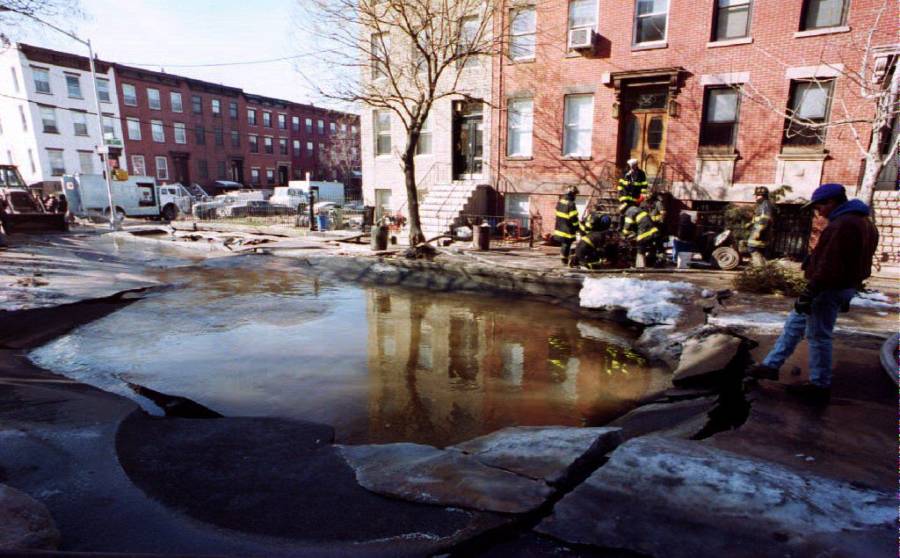
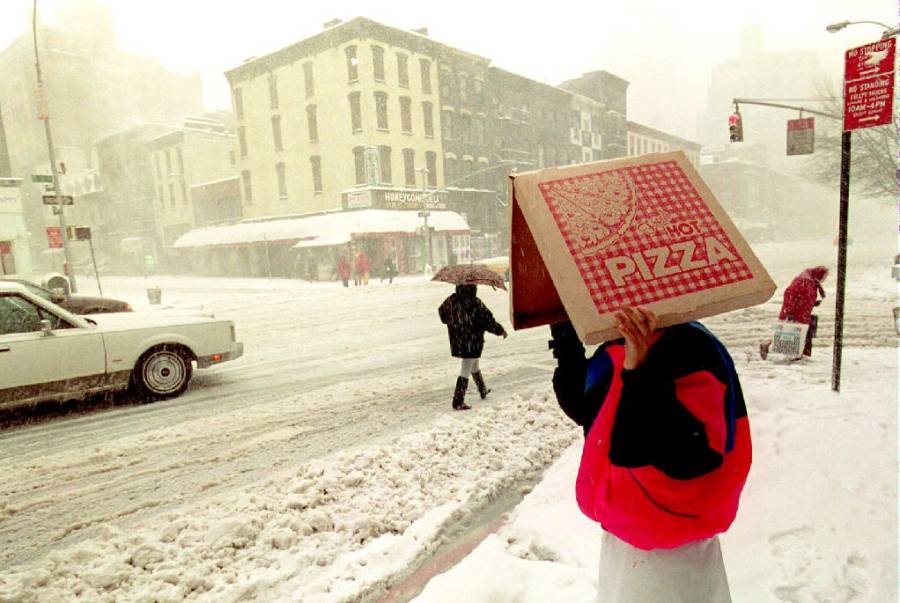
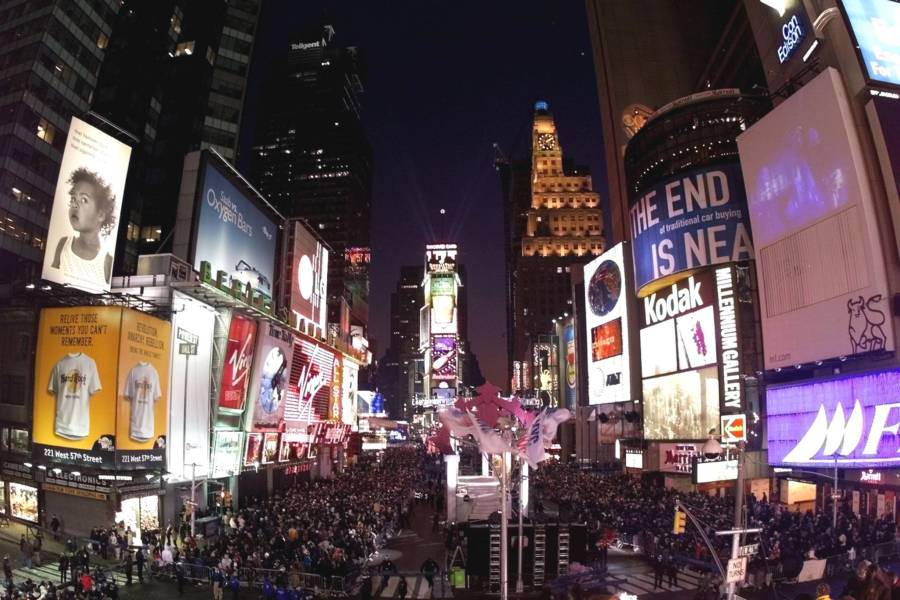
And if you liked this post, be sure to check out these popular posts:
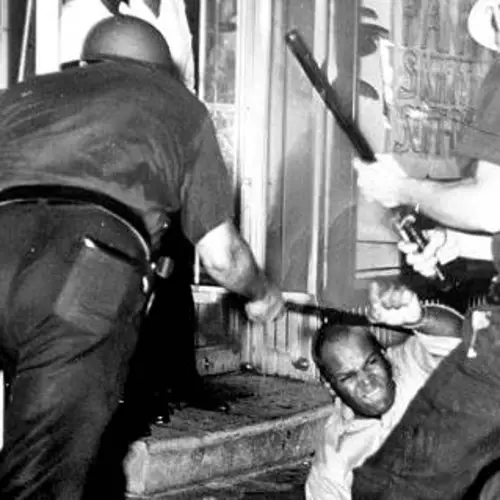
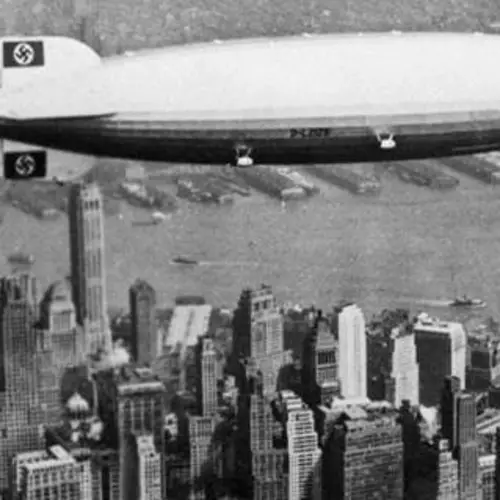
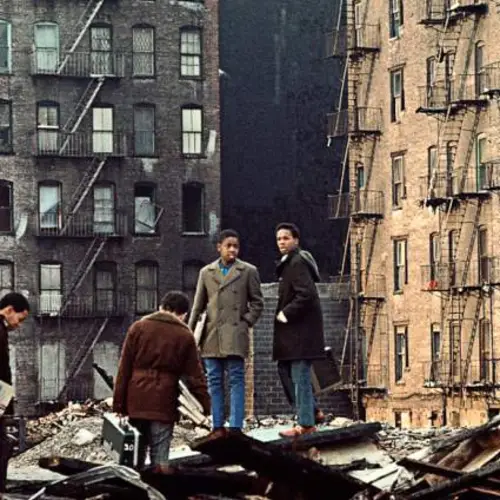
The trouble started on August 19, 1991, when a car driven by a Jewish man named Yosef Lifsh and part of a police-escorted motorcade for noted Rabbi Menachem Mendel Schneerson struck two black children, killing one (Gavin Cato) in the Crown Heights neighborhood of Brooklyn.John Roca/NY Daily News Archive via Getty Images
At the beginning of the decade, Dinkins made history as he was sworn in as New York City's first black mayor. However -- in a turn emblematic of the early 1990s in New York -- the hope of Dinkins took a significant hit after the riot, when many accused him of contributing to what they perceived to be the poor police response.CHRIS WILKINS/AFP/Getty Images
"Tens of thousands of people in the black Brooklyn neighborhoods of Bedford-Stuyvesant, East New York and Fort Greene lined the sidewalks, wildly cheering the honored guest's motorcade and brandishing clenched fists," wrote The New York Times. "For the city's blacks it was a particularly compelling moment."MARIA BASTONE/AFP/Getty Images
And in 1992, just one year after the riot, demonstrators in New York once again rose up (pictured here near Penn Station) in response to police handling of a violent incident with an African-American citizen.
In this case, it was after police officers in Los Angeles were acquitted on all charges of beating Rodney King.Gilles Peress/Magnum Photos
The incident quickly sparked outrage city- and nationwide, and on August 29, approximately 7,000 demonstrators marched across the Brooklyn Bridge to both city hall and the precinct where the assault took place.
Ultimately, Louima won an $8.75 million settlement from the city and his primary attacker, Justin Volpe, was sentenced to 30 years in prison.BOB STRONG/AFP/Getty Images
On February 4, 1999, four NYPD officers in the Bronx opened fire on an unarmed black man named Amadou Diallo discharging 41 bullets and striking him 19 times. He was killed instantly and accounts of the shooting vary, with some saying that the officers first took notice of Diallo because he matched the description of a serial rapist in the area.
In a tragic echo of the Louima incident two years before, thousands of protestors marched across the Brooklyn Bridge on April 15.
In the end, Diallo's family won a $3 million settlement from the city, but all four officers were acquitted of their second-degree murder charges.MATT CAMPBELL/AFP/Getty Images
Held by organizers as an expression of black unity and protest against systemic racism, the city publicly dismissed it as a hate march and aired concerns that it would turn violent.
Sadly, that's exactly what almost happened. When the 6,000 marchers who'd gathered in Harlem didn't disperse at 4 PM, police in riot gear threatened to move in. Marchers held their ground, with some throwing chairs, trash cans, and bottles at the police.
Ultimately, however, tensions were quickly defused and the incident resulted in "just" 17 injuries.STAN HONDA/AFP/Getty Images
While many instinctively think of either the 1970s or 1980s as the city's most violent years, the four deadliest years in the city's modern history were in fact the four that kicked off the 1990s.
Of course, New York wasn't alone in recording record high murder rates during that era, but it was nevertheless the principal American symbol of murder at the time. Thus, on December 29, 1993, an anti-gun activist group unveiled an enormous "Death Clock" in Times Square. As it continuously displayed the ever-growing number of murders by guns in the U.S., it became a grim fixture in the city.HAI DO/AFP/Getty Images
The city government began acting on a theory that argued that the way to address the serious crimes like murder and rape was to first address these small crimes of disrepair, like vandalism and theft...Laser Burners/Flickr
Many believe that the city elected Giuliani, a former United States Attorney, because he was perceived to be tough on crime, while his opponent David Dinkins was often blamed for his response to the Crown Heights riot.
Immediately after the election, Giuliani put his tough-on-crime policies into action and had his police force significantly increase their "quality of life" arrests for petty crimes. New York's crime rate then shrunk to nearly a third of its early 1990s highs by the end of the decade. HAI DO/AFP/Getty Images
For one, some critics argue that ramping up "quality of life arrests" can give police officers implicit license to abuse their power (Bratton, for example, is widely credited with pioneering the now controversial stop-and-frisk policing ) and that using police resources for crimes like, say, popping a fire hydrant (pictured, in the beleaguered South Bronx, 1995), is wasteful and irresponsible.JON LEVY/AFP/Getty Images
Ultimately, the state government blocked the referendum, but the move was enough to ensure that at least the borough's two biggest demands -- free service for the ferry from Staten Island to Manhattan and closure of the Fresh Kills Landfill (pictured) -- were met.MATT CAMPBELL/AFP/Getty Images
The very symbol of New York's decay in the 1970s and 1980s, Times Square, like the city itself, experienced a phenomenal rebirth in the 1990s. Nevertheless, as late as 1997 (pictured), you could still find erotic dancers performing in private viewing booths.
Chief among those neighborhoods is Williamsburg, Brooklyn, where the first steps of the area's gentrification began in the mid-1990s.
Today, the Williamsburg of 1991 (pictured, foreground) -- a neighborhood of old factories, few people, and no waterfront high-rises -- is all but unrecognizable.Jet Lowe/Library of Congress
Pictured: The early 1990s interior of the East Village's infamous The World nightclub, a haven for the area's transgressive arts scene. However, the club closed in 1991 after its owner was found dead on the premises. It has since been demolished and replaced by a luxury apartment building.Kcboling/Wikimedia Commons
Pictured: The largely empty streets and partially shuttered buildings at the corner of Bushwick Avenue and Melrose Street in 1995.Bill Barvin/New York Public Library
It's precisely areas like this -- once beset by poverty, vacancy, and crime -- that were entirely different after the 1990s.Bill Barvin/New York Public Library
The shooting quickly sparked a nationwide discussion on gun control, the death penalty, and racial unrest. On the one hand, predominantly white leaders like Mayor Giuliani took this opportunity to make the case for capital punishment in New York.
On the other hand, Ferguson's lawyers offered the defense that their client -- whose actions suggested that his crimes were motivated by his anger at perceived white oppression -- suffered from "black rage" and thus could not be held criminally liable for his actions.
Ultimately, Ferguson actually dismissed his lawyers, finished the trial by representing himself, and was sentenced to 315 years in prison.POOL/AFP/Getty Images
Pictured: A police officer stands guard at the door of the Empire State Building just after the incident.JON LEVY/AFP/Getty Images
After she was found decomposing in a cooler alongside a highway in Manhattan on July 23, 1991, her case quickly attracted widespread attention. Starved, raped, killed, and unable to even be identified, four-year-old "Baby Hope" became a symbol of the depths to which New York had fallen.
The girl went unidentified and the crime went unsolved all the way until 2013, when detectives were able to identify her as Anjelica Castillo and arrest her uncle, Conrado Juarez, for the crime.EMMANUEL DUNAND/AFP/Getty Images
Nine days later, scores of fans took to the streets of the rapper's old neighborhood of Bed-Stuy, Brooklyn to pay their respects as the funeral procession passed by.JON LEVY/AFP/Getty Images
That afternoon, Al Qaeda terrorists detonated a truck bomb in the underground parking structure (pictured, two days after the attack) of the North Tower, hoping to cause that tower to collapse onto the South Tower, bringing down both and killing thousands.
However, that didn't occur and the casualties ended up being far less than the perpetrators had hoped...MARK D.PHILLIPS/AFP/Getty Images
Pictured: Tourists on the Circle Line boat tour gaze out at Lower Manhattan.Alessio Nastro Siniscalchi/Wikimedia Commons
Overall, annual tourism increased by 7 million people and $5 billion over the course of the 1990s.GEORGES SCHNEIDER/AFP/Getty Images
Among these was gay rights. In 1997, Mayor Giuliani signed a law recognizing municipal domestic partnerships for homosexuals.
Pictured: Members of the Stonewall Veterans Association participate in the 30th Annual Lesbian and Gay Pride March on June 27, 1999 that commerated the 30th anniversary of the Stonewall Riot.STAN HONDA/AFP/Getty Images
During the mayoral race of late 1989, David Dinkins attacked incumbent Ed Koch for not providing adequate housing for the homeless, vowing to take up the cause himself.
While Dinkins, after his election, quickly shelved some of his more ambitious plans to deal with homelessness, he did allow for more housing, a move that some critics said overburdened the system with the "Dinkins Deluge."JON LEVY/AFP/Getty Images
Pictured: Donald Trump (right) walks past a beggar on Fifth Avenue following a press conference on November 16, 1990.TIMOTHY A. CLARY/AFP/Getty Images
Pictured: Two children from the Covenant House homeless shelter listen to speeches during the fourth annual Nationwide Candlelight Vigil for Homeless Kids in Times Square on December 6, 1994. Some 500 children and supporters rallied to bring attention to the problem of homeless children across America.JON LEVY/AFP/Getty Images
Pictured: Smoke engulfs buildings in Midtown Manhattan as a six-alarm fire rages out of control on March 1, 1996. More than 200 fighters were ultimately needed to extinguish the massive blaze.JON LEVY/AFP/Getty Images
Pictured: A bystander looks into a hole formed in the collapse of a Brooklyn street after a water main broke, sending water cascading into homes and streets on January 21, 1994. The break forced the evacuation of about 200 residents and the closing of the Brooklyn Battery Tunnel, a main connection to Manhattan.MARK D. PHILLIPS/AFP/Getty Images
While its 318 fatalities nationwide made it one of the deadliest weather events of the 20th century, New York got off relatively light with "only" a foot.TIM CLARY/AFP/Getty Images




At the dawn of the 1990s, New York City was in an unremittingly bleak state.
Following two decades of continuous decay, 1990 brought yet another all-time record high in violent crime and to this day, 1990 and the three years that followed remain the most homicide-plagued stretch in the city's last five decades. The 1990s had quickly positioned itself to become the city's worst decade yet.
Yet something unprecedented occurred in the latter half of the decade: The crime rate fell by half and the murder rate by a third, with each year better than the last. By the time the decade was over, New York was a safer place than it had been at any point since the 1960s.
And it showed. By the time the 1990s ended, the city was pulling in 7 million more tourists a year while the city's population began to grow for the first time in decades.
The 1990s in New York City was an improbable success story on a level seldom seen before. What at first looked like a new nadir for America's biggest city instead became one of the greatest urban revitalizations in American history.
In fact, we're still witnessing today the forces set in motion during the 1990s. As we enjoy these current halcyon days in New York City, we look back at the not-so-distant yet oh-so-different miracle decade when everything looked like it was about to fall apart forever — and then didn't.
Next, travel back in time to 1970s and 1980s Brooklyn, before it was invaded by hipsters and when the New York subway was the most dangerous place on Earth.




